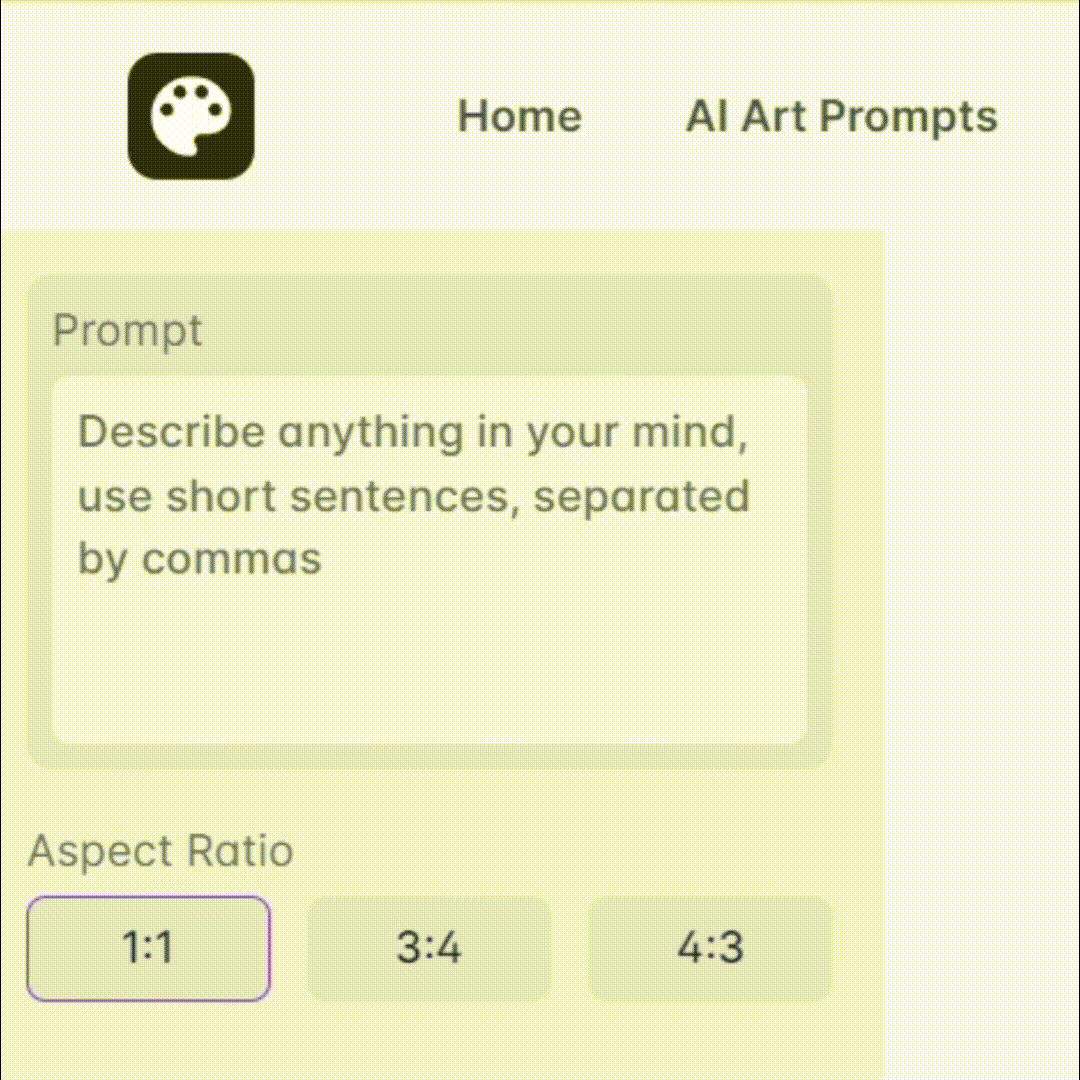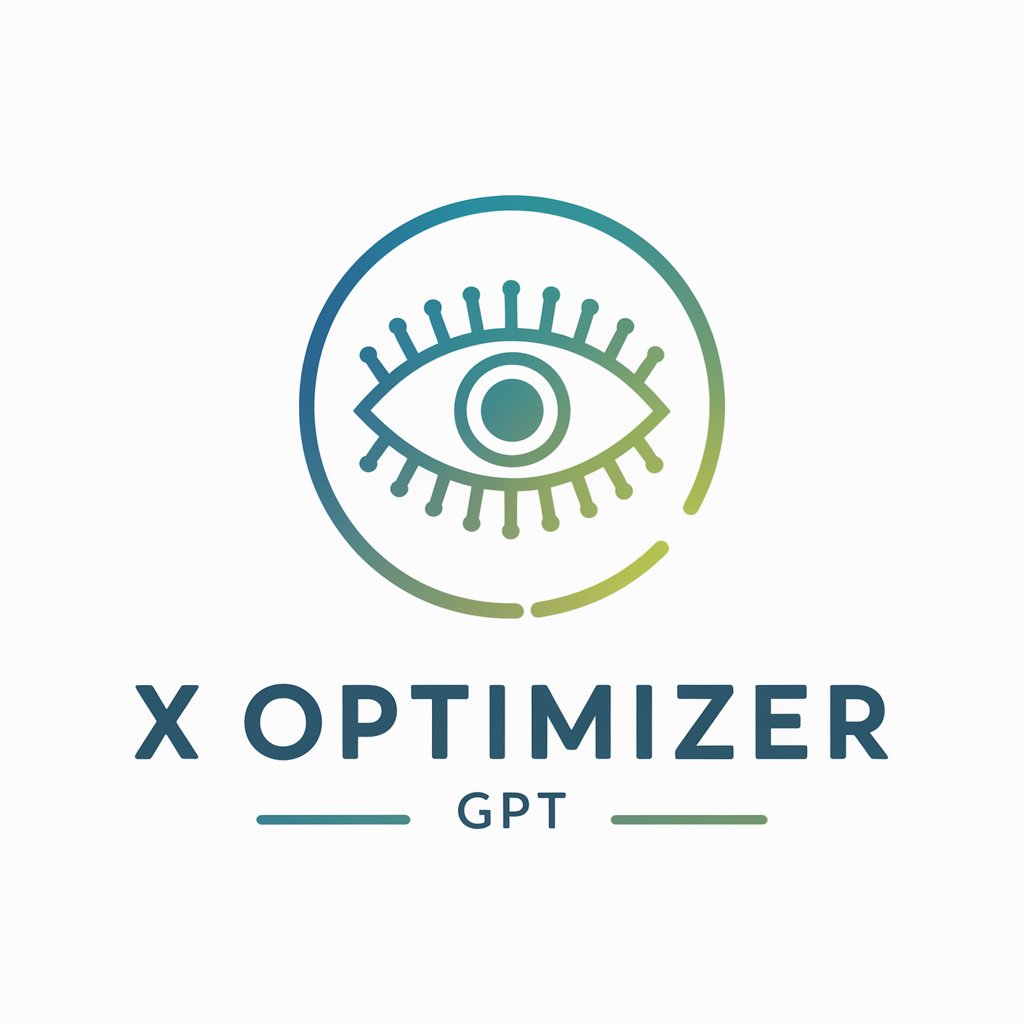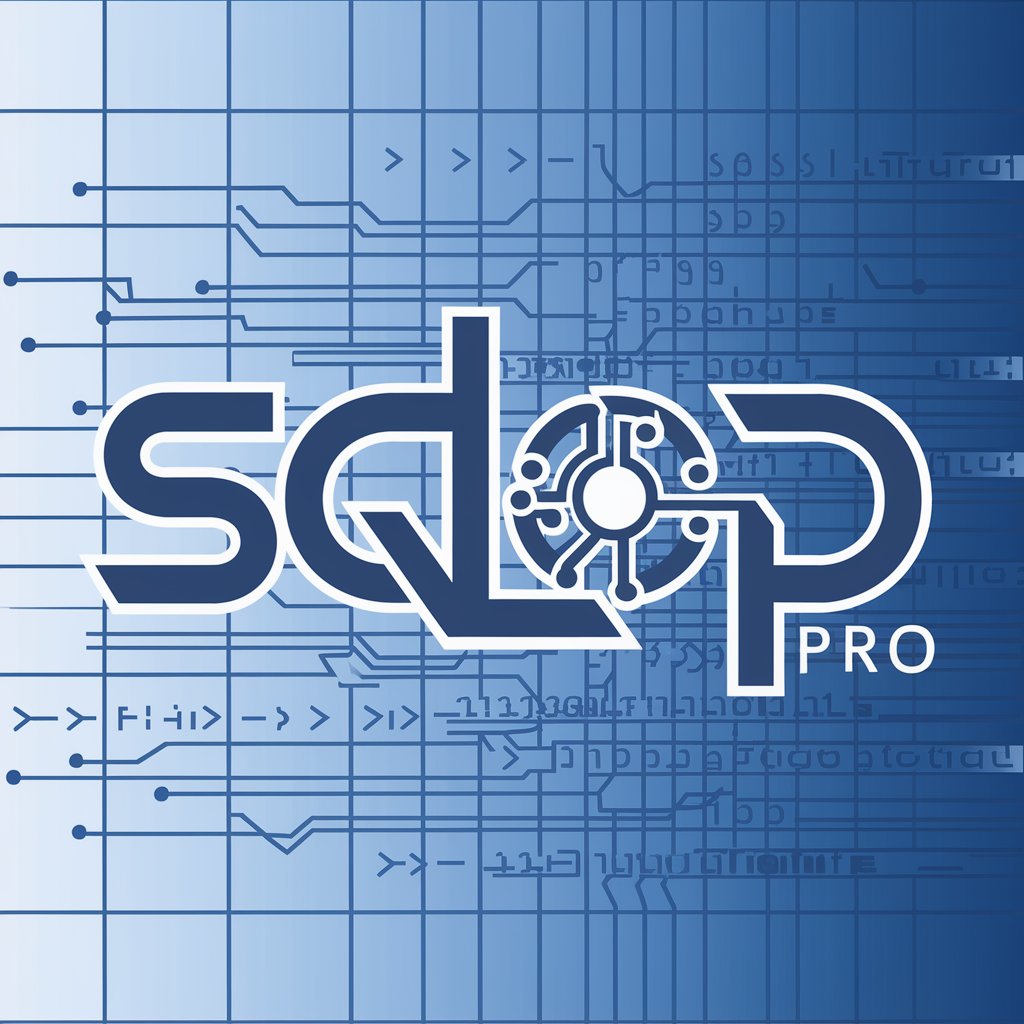
QEP Optimizer - QEP Planning and Review Tool
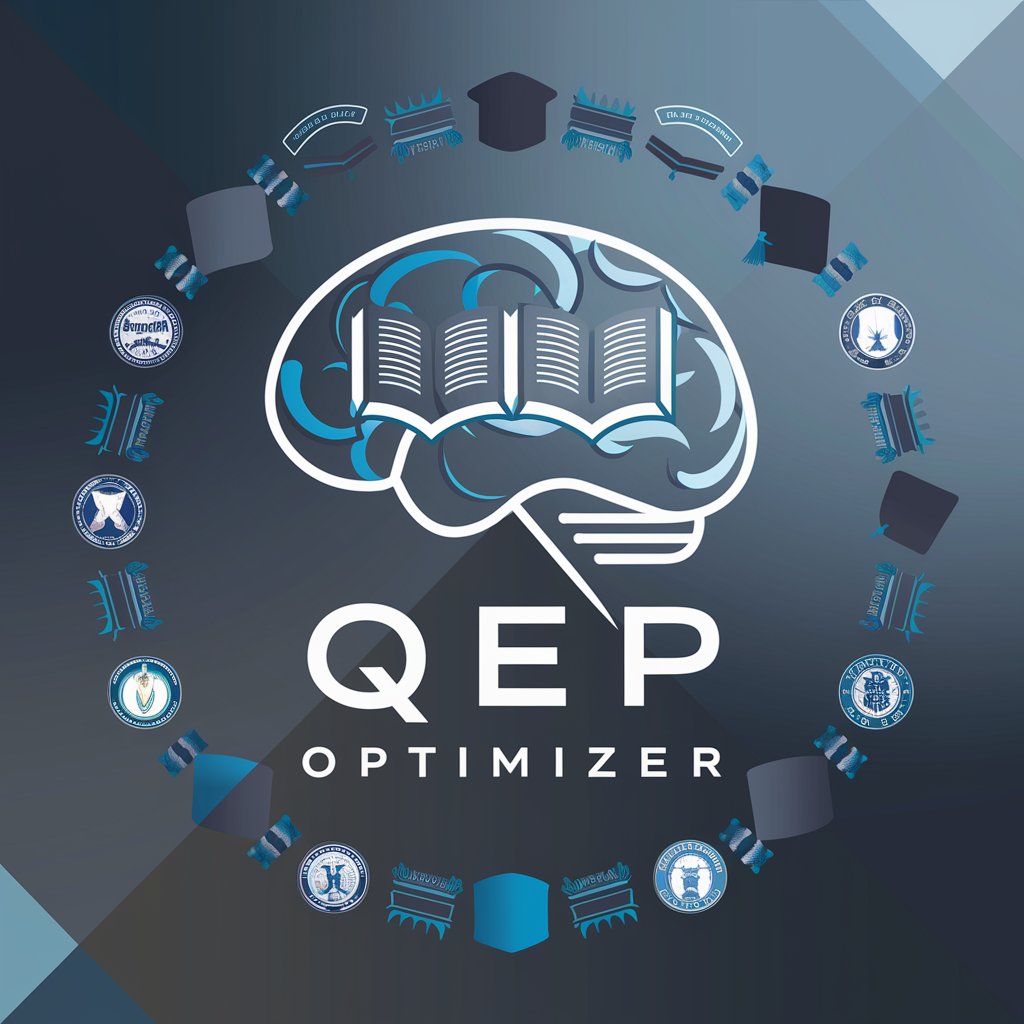
Hello! How can I assist you with your QEP today?
Elevate Education with AI-driven Insights
Can you help me analyze the effectiveness of this QEP section?
What are the key components to include in a successful QEP introduction?
How can I ensure my QEP aligns with academic standards and compliance?
What strategies can I use to make complex QEP concepts more understandable?
Get Embed Code
Introduction to QEP Optimizer
The QEP Optimizer is designed to assist educational institutions in the development, evaluation, and enhancement of their Quality Enhancement Plans (QEPs). It serves as a specialized tool that facilitates analysis and improvement of these plans, which are crucial for institutional accreditation and educational quality assurance. The QEP Optimizer is embedded with features to analyze QEP documents against accreditation standards, suggest enhancements based on best practices, and track the implementation progress of various educational strategies. For example, if a university is preparing its QEP for an upcoming reaccreditation and needs to ensure it aligns with the Southern Association of Colleges and Schools Commission on Colleges (SACSCOC) standards, the QEP Optimizer can review the document, highlight areas that require strengthening, and provide actionable feedback to meet or exceed the required standards. Powered by ChatGPT-4o。

Main Functions of QEP Optimizer
Compliance Analysis
Example
Analyzing a QEP document to ensure it meets specific accreditation standards such as those set by SACSCOC.
Scenario
An administrator uploads their institution's QEP into the Optimizer, which then systematically checks for compliance with accreditation criteria, identifies gaps, and suggests specific improvements.
Implementation Tracking
Example
Tracking the progress of various strategies outlined in a QEP, such as student engagement or faculty development initiatives.
Scenario
The QEP Optimizer allows institutions to input data and metrics related to their QEP strategies, providing visual dashboards that show progress over time, highlight successes, and identify areas lagging behind planned timelines.
Feedback and Enhancement Suggestions
Example
Providing tailored advice on enhancing the effectiveness of a QEP based on peer institutions’ best practices.
Scenario
Using a database of successful QEPs, the Optimizer compares an institution's QEP with those of similar institutions, offering targeted recommendations to enhance aspects like stakeholder involvement or learning outcomes.
Ideal Users of QEP Optimizer Services
Educational Administrators
This group includes university provosts, deans, and QEP directors who are responsible for the creation, implementation, and reporting of QEPs. They benefit from the Optimizer's ability to streamline the process, ensure compliance with accreditation standards, and enhance the overall quality of their educational offerings.
Academic Planners
Academic planners and curriculum developers use the QEP Optimizer to ensure that the educational strategies within the QEP are innovative and aligned with institutional goals. The tool helps them to benchmark against best practices and integrate effective teaching and learning strategies.
Accreditation Coordinators
These professionals are tasked with managing the accreditation processes at their institutions. The QEP Optimizer helps them to prepare accurate and comprehensive reports, manage documentation efficiently, and maintain continual readiness for accreditation reviews.

Using the QEP Optimizer
1
Begin by accessing a free trial at yeschat.ai; no login or ChatGPT Plus subscription required.
2
Select the 'QEP Optimizer' tool from the available options to start optimizing your academic program's effectiveness.
3
Upload or input the sections of your QEP document you wish to evaluate or enhance.
4
Utilize the feedback and suggestions provided by the QEP Optimizer to refine and strengthen your QEP's design and implementation strategies.
5
Regularly revisit the tool to update your QEP as your academic program evolves and to ensure continuous improvement.
Try other advanced and practical GPTs
沈梦溪助手
Empowering Emotional Connections Through AI

哆啦A梦 Doraemon
Your Futuristic Friend and Guide

梦呓
Bringing Dreams to Visual Reality

🌒周公解梦🌓
Unlock the secrets of your dreams with AI.

周公解梦
Unveil your subconscious, powered by AI

周公解梦
Uncover the wisdom of dreams with AI

Obchodník David z Qeedia
Predict, Prevent, Perform - Empowering IT Operations

QEC
Empowering Insights with AI Conversations
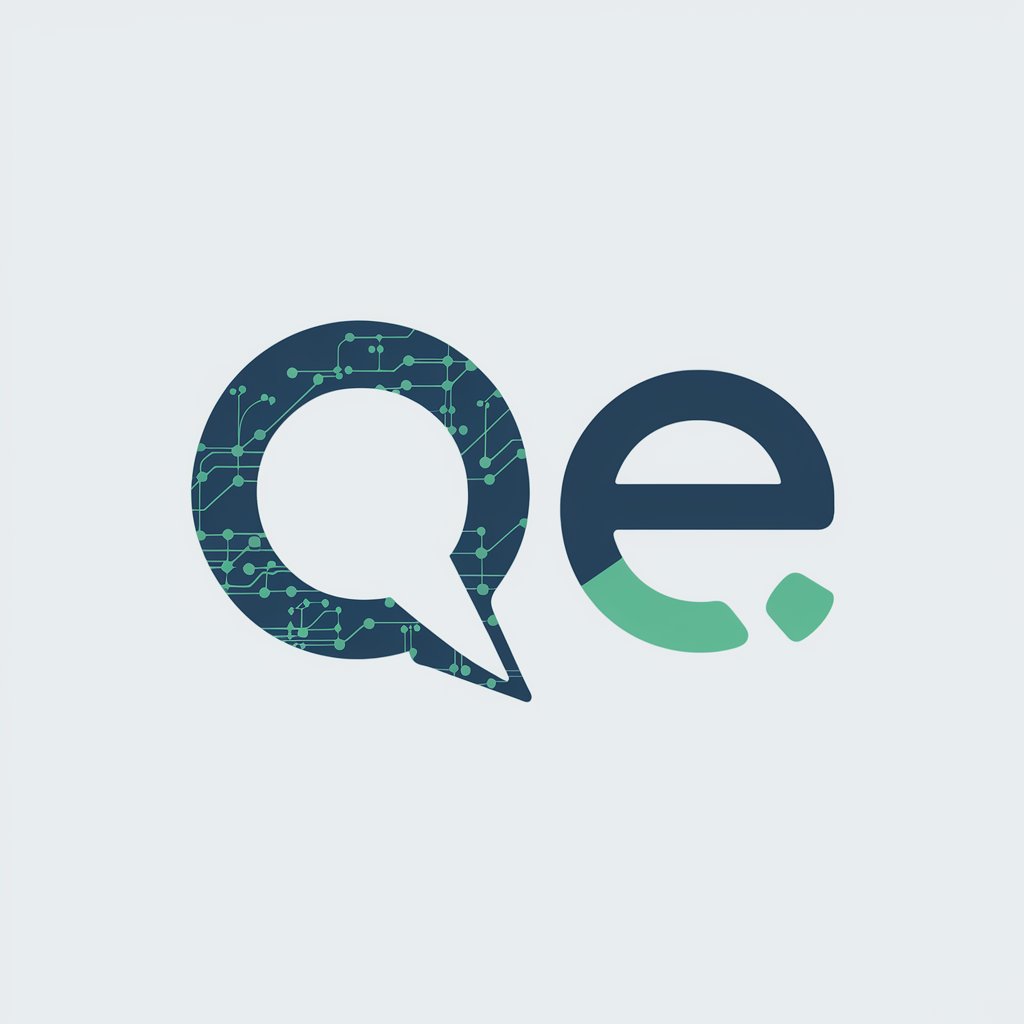
QEST AI
Empowering Decisions with AI Insight
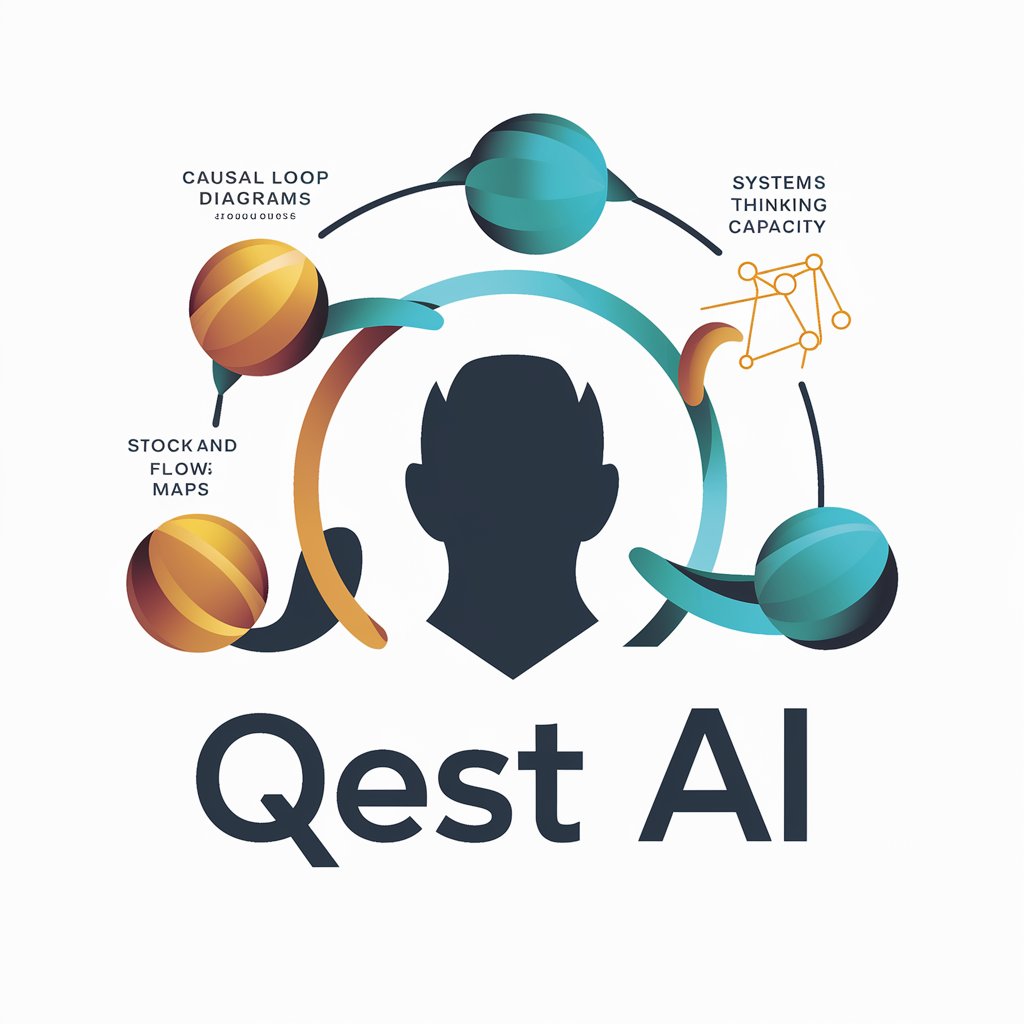
Qeis Kamran
Empowering Ethical AI Conversations

QEx
AI-Powered Question Analysis

英文拆解
Decoding English, Empowering Mandarin Speakers
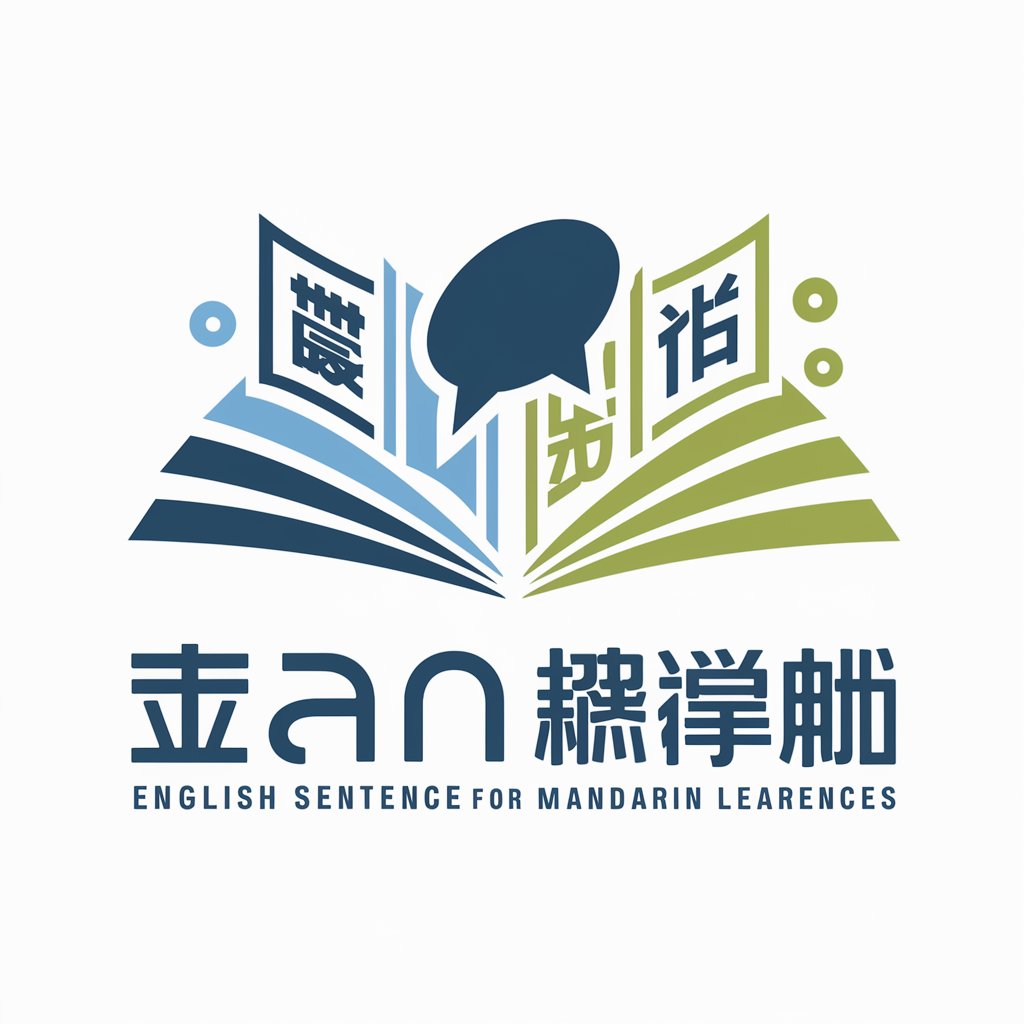
Common Questions about the QEP Optimizer
What is the primary function of the QEP Optimizer?
The QEP Optimizer is designed to help educational institutions improve their Quality Enhancement Plans by providing detailed feedback and suggestions for enhancing both the content and structure of their QEP documents.
How does the QEP Optimizer ensure the compliance of my document?
It uses a database of accreditation standards and best practices to analyze your QEP, ensuring that it meets the required academic and administrative benchmarks.
Can I use the QEP Optimizer for other types of academic documents?
While primarily focused on QEPs, its tools and methodologies can be adapted to a variety of academic documents that benefit from structured feedback and compliance checking.
Is there a limit to the size of the document I can upload?
No, the QEP Optimizer can handle documents of any size, though larger documents may require more processing time to analyze thoroughly.
What kind of feedback can I expect from the QEP Optimizer?
The tool provides comprehensive feedback including suggestions on enhancing clarity, compliance with standards, effectiveness of proposed strategies, and potential areas for improvement in your QEP.
